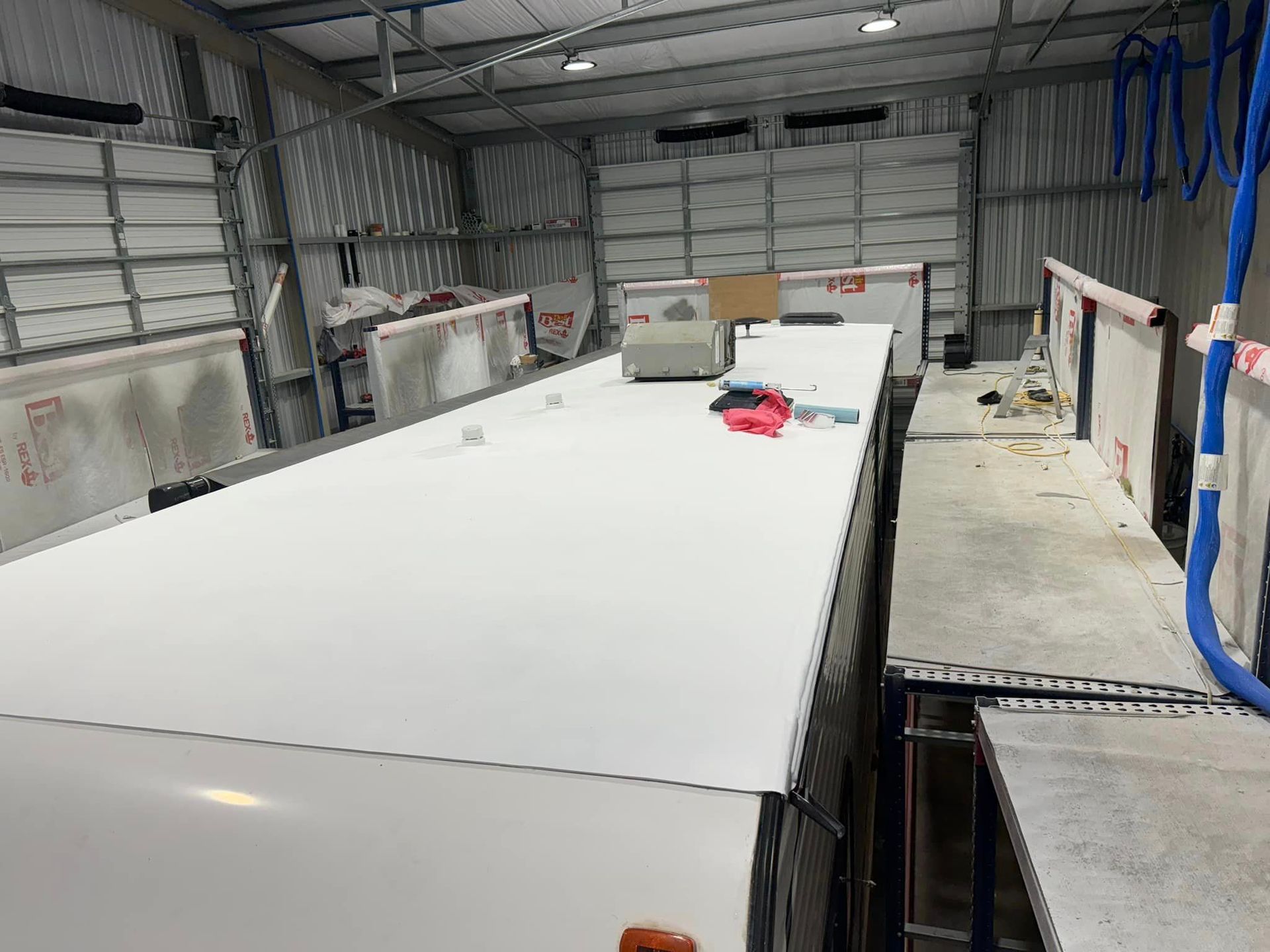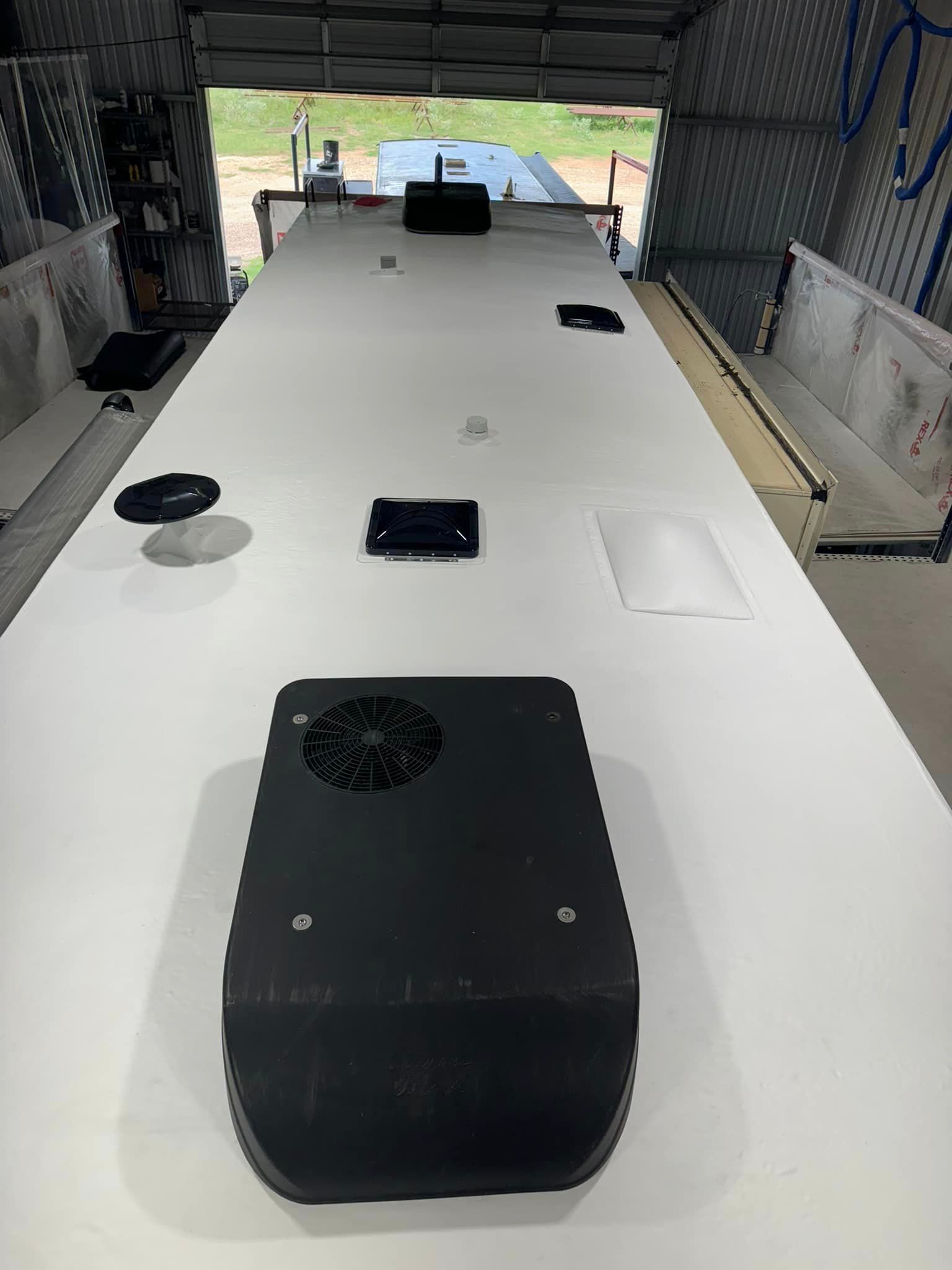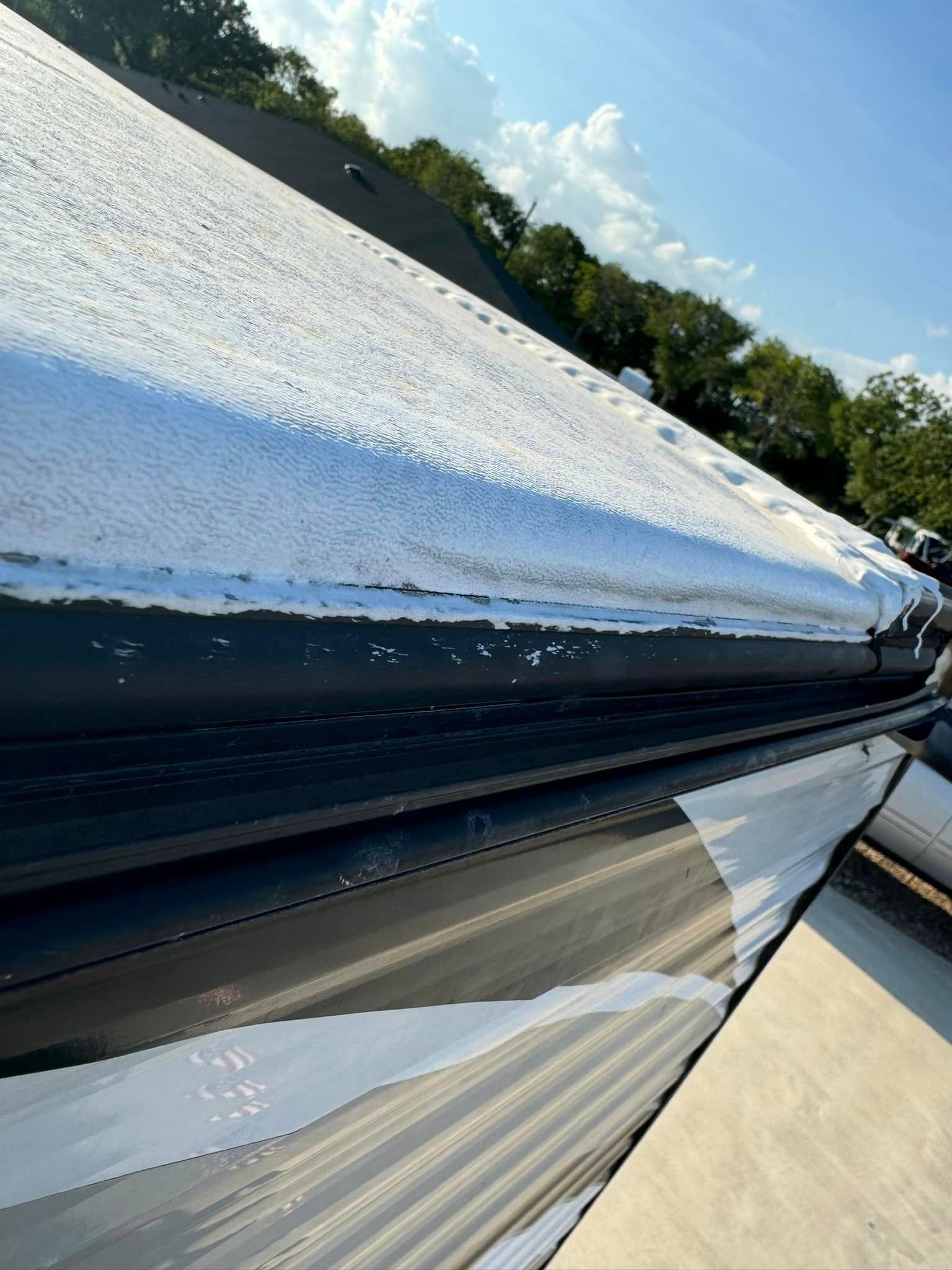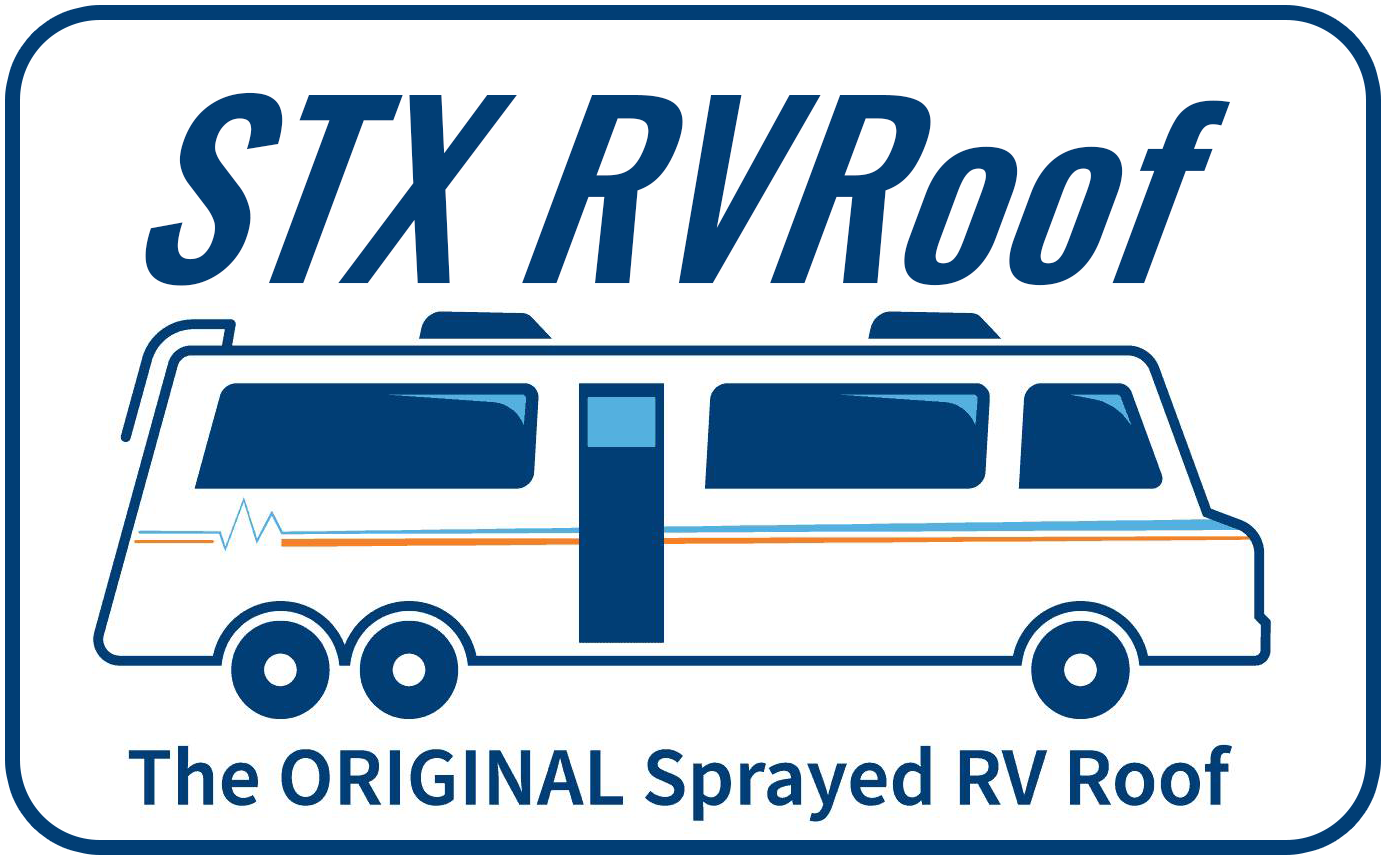Essential RV Maintenance Tips for Longevity and Performance
Owning an RV offers the freedom to explore and travel comfortably, but keeping your RV in peak condition requires ongoing attention to maintenance. Regular upkeep not only enhances the safety and reliability of your vehicle but also helps avoid costly repairs and prolongs your RV’s life. Here’s a deep dive into essential RV maintenance tips to keep your vehicle road-ready and adventure-friendly.

1. Regular Roof Inspections and Maintenance
The roof of your RV is your first line of defense against the elements, and regular inspections are vital. Water damage is one of the most common and costly issues RV owners face, as leaks can lead to structural issues and even mold growth. At least twice a year (and more frequently if you travel often), inspect your RV roof for cracks, worn-out seals, or areas where caulking might be peeling or missing. Applying a high-quality, UV-resistant roof sealant can help maintain your roof’s integrity, and if your RV has a FlexArmor roof, you’ll enjoy a maintenance-free solution that minimizes the risks of leaks.
2. Tire Maintenance and Pressure Checks
Your RV’s tires bear the brunt of the journey, so keeping them in top condition is crucial. Improperly inflated or worn tires not only compromise your RV’s handling but also increase fuel consumption. Before every trip, inspect each tire for uneven wear, sidewall cracks, and appropriate tread depth. Use a high-quality tire gauge to check the pressure, ensuring it matches the manufacturer’s recommendation. Consider rotating the tires and inspecting the spare tire as part of your routine to ensure a safe and efficient ride.
3. Battery Health and Longevity
Battery maintenance is key, especially for RVs that sit idle for long periods. Regularly test your battery’s voltage and clean off any corrosion from the terminals with a baking soda and water solution. If your RV has multiple batteries (like a house and engine battery), check each one individually. Keeping batteries fully charged helps extend their lifespan, and using a battery disconnect switch when your RV is in storage can prevent slow drainage. Proper storage during the off-season is also vital; store batteries in a cool, dry place, and if possible, connect them to a trickle charger.
4. Regular Cleaning and Lubrication of Moving Parts
Your RV’s slide-outs, awnings, jacks, and door hinges need routine cleaning and lubrication to function smoothly and avoid premature wear. Use a manufacturer-approved lubricant on the tracks and hinges, and be sure to wipe away any dust and debris before application to avoid buildup. For retractable awnings, clean them with a mild detergent and let them dry completely before storing to prevent mold growth. Keeping these parts in good condition helps maintain your RV’s functionality and can prevent expensive repairs down the road.
5. Engine, Transmission, and Fluid Checks
Just like any other vehicle, your RV requires regular oil changes, coolant checks, and transmission fluid top-offs to ensure the engine runs efficiently. Schedule oil changes based on the manufacturer’s mileage recommendations or at least once per season if you don’t drive far. Additionally, check your brake fluid, power steering fluid, and windshield washer fluid to make sure all systems are adequately topped off. If your RV sits in storage during the off-season, a complete fluid check and possible flush are recommended before your first trip to keep everything running smoothly.
Conclusion
By establishing a regular maintenance routine for your RV, you’ll extend its lifespan, reduce the risk of unexpected breakdowns, and ensure every trip is enjoyable and stress-free. A well-maintained RV means more adventures and fewer interruptions, letting you focus on the freedom and experiences that come with the RV lifestyle.


CONTACT INFORMATION
1127 Fm 2718, Cuero, Texas 77954, United States
QUICK LINKS
©2024 All Rights Reserved | STX RVRoof | Designed by Consumr Buzz
